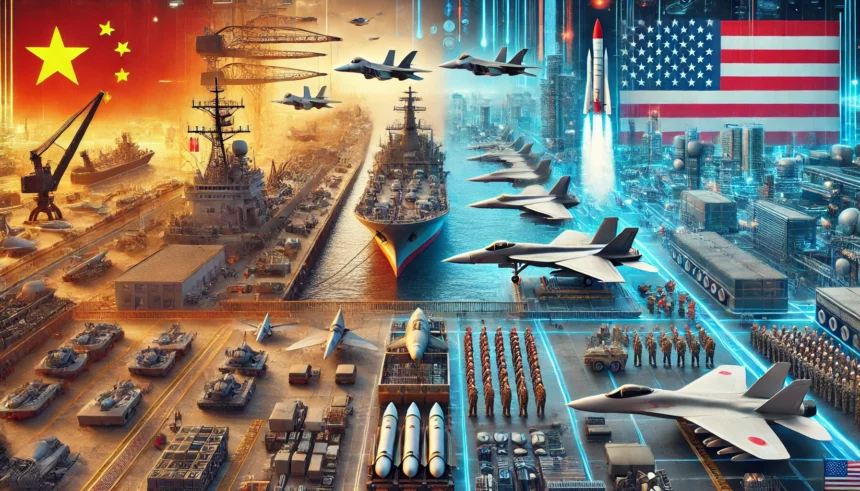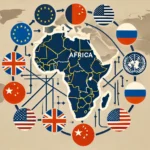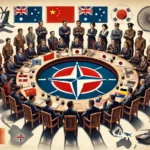Summary by Geopolist | Istanbul Center for Geopolitics:
Seth Jones’s article in Foreign Affairs highlights the magnitude and rapidity of China’s military expansion and the deficiencies of the U.S. defence industrial sector in addressing this problem. China’s state-supported firms are swiftly creating modern weaponry, surpassing U.S. production and providing Beijing an advantage in an extended confrontation. Antiquated procurement systems, manpower challenges, and supply chain dependence hinder the U.S. defence sector. The author advocates for a substantial mobilization akin to Roosevelt’s WWII “arsenal of democracy” plan. Key points include;
Expansion of China’s Defense Industry:
Notwithstanding economic challenges, China’s defence expenditure and industrial capability have escalated, exceeding that of the U.S. in critical domains such as naval manufacturing and missile stockpiles.
State-owned businesses like the Aviation Industry Corporation of China (AVIC) and China State Shipbuilding, currently among the biggest defence companies worldwide, are driving Beijing’s military expansion.
The industrial base of China has expanded significantly in the last ten years. One Chinese shipyard surpasses the total capacity of all U.S. shipyards in naval manufacturing, rendering China’s navy the greatest globally by fleet size.
China’s Armament Systems and Technological Progressions:
In recent years, China has constructed over 400 fighter jets, 20 major warships, and has increased its nuclear arsenal.
China’s missile and space capabilities have developed considerably, featuring new ballistic and hypersonic systems aimed at U.S. bases in the Indo-Pacific region.
The PLA’s digital framework incorporates sophisticated technology, including artificial intelligence and big data, for command, control, and intelligence operations, rendering it a formidable entity.
Obstacles Confronting the U.S. Defense Sector:
The U.S. defence production system suffers from protracted timelines, elevated prices, and insufficient flexibility, rendering it inadequately prepared for the rapid needs of contemporary conflict.
Reliance on China for essential materials and components, such as microelectronics and batteries, engenders strategic vulnerabilities in the supply chain.
Labor shortages, especially in shipyards and manufacturing, have postponed critical military projects, so impeding U.S. military preparedness.
Strategic Recommendations for the United States:
The author advocates for a presidential push to rejuvenate U.S. defence production, similar to the mobilization efforts of the World War II era.
This entails expediting the contracting process, investing in proficient personnel, and prioritizing the multi-year acquisition of critical armaments.
Enhancing and modernizing U.S. shipbuilding capacity is essential to counter China’s naval construction supremacy.
Consequences for U.S. Allies and International Security:
China’s expanding military capabilities provide a direct threat to the security of U.S. allies and partners in the Indo-Pacific, including Japan, South Korea, and Taiwan.
The disparity in manufacturing capacity suggests that, in an extended conflict, China would probably possess an advantage in maintaining operations.
Absent a strategic realignment, the U.S. may encounter difficulties in projecting force inside the region or adequately supporting its allies.
A Request for Engagement:
The paper cautions that the United States must regard China’s military expansion as an imminent threat and transcend the existing peacetime mentality.
The United States must establish a contemporary “arsenal of democracy” capable of rapidly and efficiently creating advanced weaponry to discourage China and secure victory in a hypothetical great-power battle.
The essay asserts that the U.S. must enact comprehensive reforms to its defence industrial base to address China’s swift military ascendance. It necessitates elevated leadership and synchronized efforts throughout government and business to reinstate the U.S.’s capacity to manufacture and deploy military equipment at the scale needed to address the escalating strategic threat from China.
Read the full article here.







